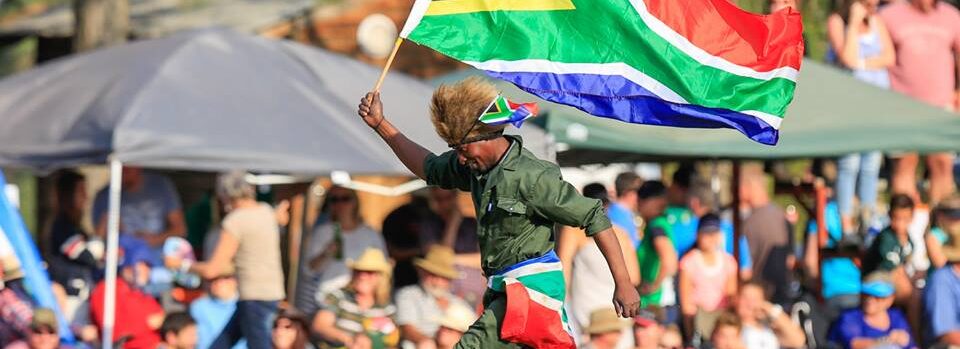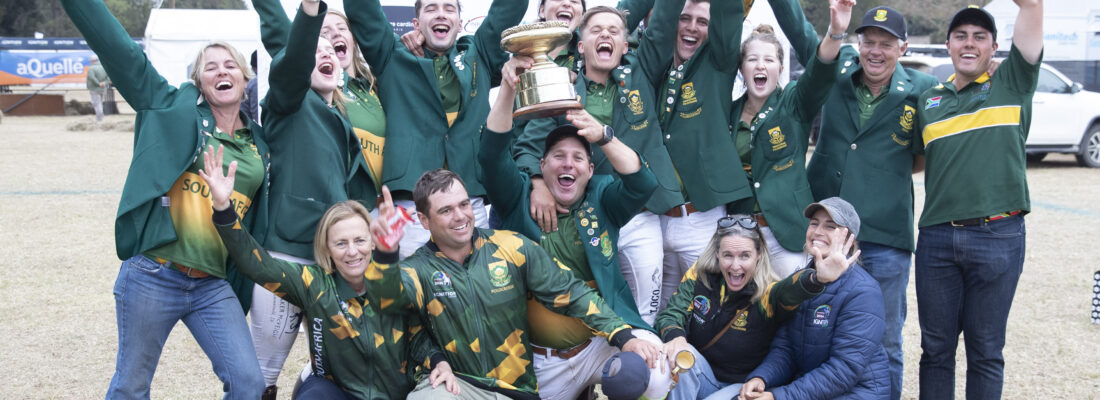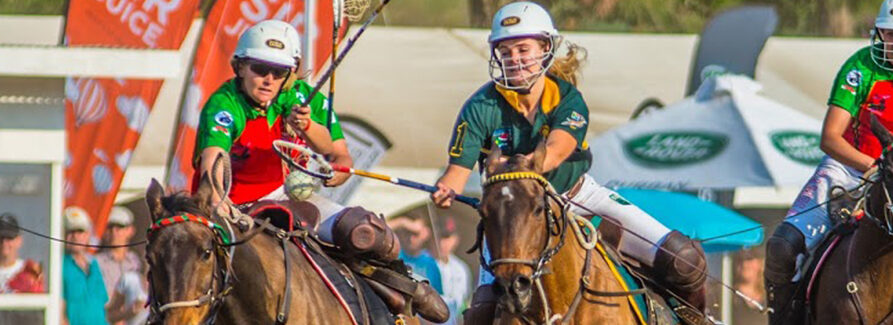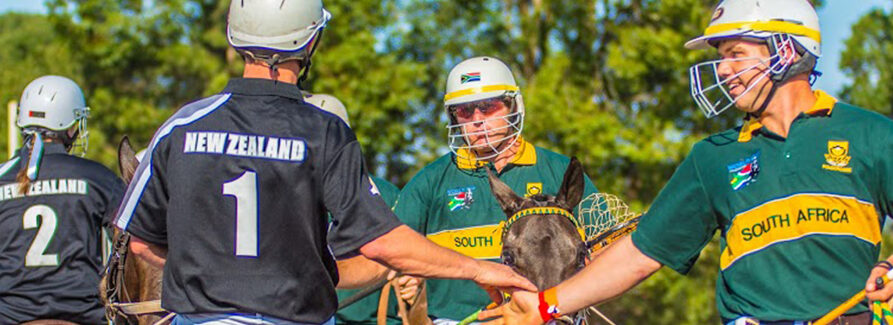The Australian Stock Horse
THE AUSTRALIAN STOCK HORSE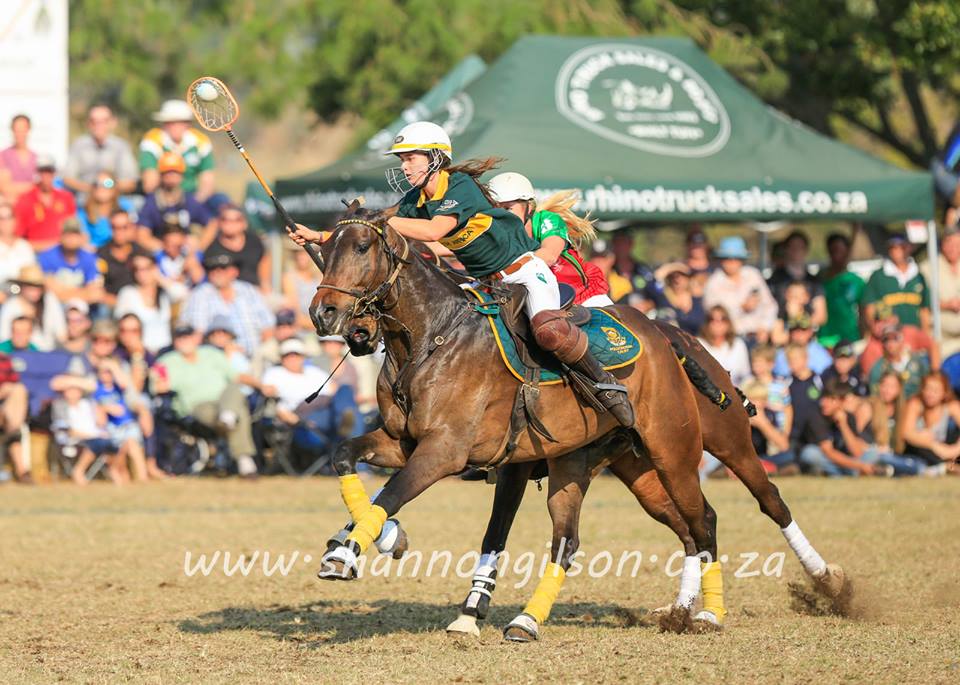
The Breed for Every Need
The Australian Stock Horse is possibly the world’s most versatile horse and is often referred to as ‘the breed for every need’. The Australian Stock Horse is a fine working and performance animal, renowned for its toughness, endurance, resilience and strength. It also has cat-like speed and agility, giving the horse a blend of attributes which have produced the world’s best at both work and play.
Australian Stock Horses are used for general riding and stock work on rural properties, as well as in equestrian competitions. With its versatility, the Australian Stock Horse has achieved outstanding success in a wide variety of sports including campdrafting, showjumping, dressage, eventing, Pony Club events, harness, polo and polocrosse.
The basic prerequisites of high-performance sporting horses are a quiet temperament, intelligence and athletic ability. These qualities are essential for a brilliant performance, whatever the event. The Australian Stock Horse has all of these qualities and is now regarded as the benchmark for equestrian breeding excellence.
History
The breed began with the arrival of horses with the First Fleet to Australia in 1788. Originally these were of English Thoroughbred and Spanish stock; later Arabs and Timor and Welsh Mountain ponies were imported. Horses for the colony needed strength and stamina to survive the long sea journey and to work in the untamed environment of their new home. Over time, the horses evolved through the selective breeding programs to produce the sturdy saddle horses required by explorers, stockmen, settlers, bushrangers and troopers. Despite their mixed origins, these horses developed into a strong and handsome type, which was eventually called the Waler after the Colony of New South Wales.
Between the 1840s and 1946, many Australian horses were exported as remount horses for the Australian Army and they achieved incredible feats at war. The horses varied in type as they were purchased according to demand to suit specific needs: Trooper’s mount, Officer’s mount, Heavy and Light Artillery, Field Batteries and the like.
The horses that produced these outstanding horses continued to breed in Australia and their descendants formed a base for The Australian Stock Horse Society. The Australian Stock Horse Society aimed to form the Breed for Every Need, an ideal Australian work and performance horse suitable for the Australian environment and a wide range of equine endeavours. Most horses accepted for registration carried Australian heritage bloodlines and were assessed on the individual horse’s Breeding, Conformation, Type, Ability and Temperament along with suitability for everyday ridden station work and recreational performance activities.
The object of The Australian Stock Horse Society Ltd is to preserve the identity and breeding records of the Stock Horse through registration and to promote their attributes through exhibitions and performance.
Today, horses eligible for registration must have registered Australian Stock Horse breeding to be eligible under one of the categories of registration. Many of these horses trace back to heritage horses such as Cecil, Radium, Bobbie Bruce, Chan, Commandant, Dimray, Gibbergunyah, Panzer, Rivoli, Saladin and the like.
Temperament
The Society has a number of breeders nationally and internationally who are continuing with these bloodlines and fulfilling the Society’s aims to preserve the heritage and identity of the Australian Stock Horse, which contributes to the Society’s profile and performance attributes of the breed.
As in all horse breeds, temperament can vary, but the best Australian Stock Horses are quiet, intelligent, hardworking and courageous. Their stamina and learning capabilities make them ideal for many equestrian sports including campdrafting, polocrosse, polo, working, led and ridden classes, showjumping, hacking, sporting events, Pony Club, dressage, eventing, endurance and even Riding for the Disabled.
The Australian Stock Horse requires a calm temperament and must be responsive to its rider’s needs when working on the farm – from the beginning to the end of the working day. On rural properties, it is not uncommon for an Australian Stock Horse to be shared among family members of different generations, a true test of their temperament and intelligence.
Characteristics
The following Standard of Excellence is based on the original ASHS description of ‘The Australian Stock Horse’ from 1971.
- Head alert and intelligent with a broad forehead, full, well-set eyes, wide nostrils. A fine, clean gullet, allowing plenty of breathing room.
- A good length of rein, well set into the shoulder.
- Sloping shoulder, not too heavily muscled, a well-defined wither slightly higher than the croup.
- Deep chest, not too wide in proportion, but showing plenty of heart room.
- Ribs well sprung and back strong and of medium length in proportion.
- In forelegs, forearms well developed, cannon bones slightly flat, pasterns short and slightly sloping.
- Hindquarters strong, rounded and well-muscled, nicely sloping to give a full line from croup to hock. Hocks broad, flat and clean, the cannon relatively short with well-defined tendons. The hind legs well under when standing.
- The hooves hard and in proportion to the size of the horse, with a wide heel and feet straight.
- The whole of these component parts to be in balance according to the size.
- Preferred heights between 14 and 16 hands.
The above article was published on the 2019 World cup webpage.
For further information on The Stock Horse breeding programme in South Africa, please contact Peter Choice on cell 0833004488




